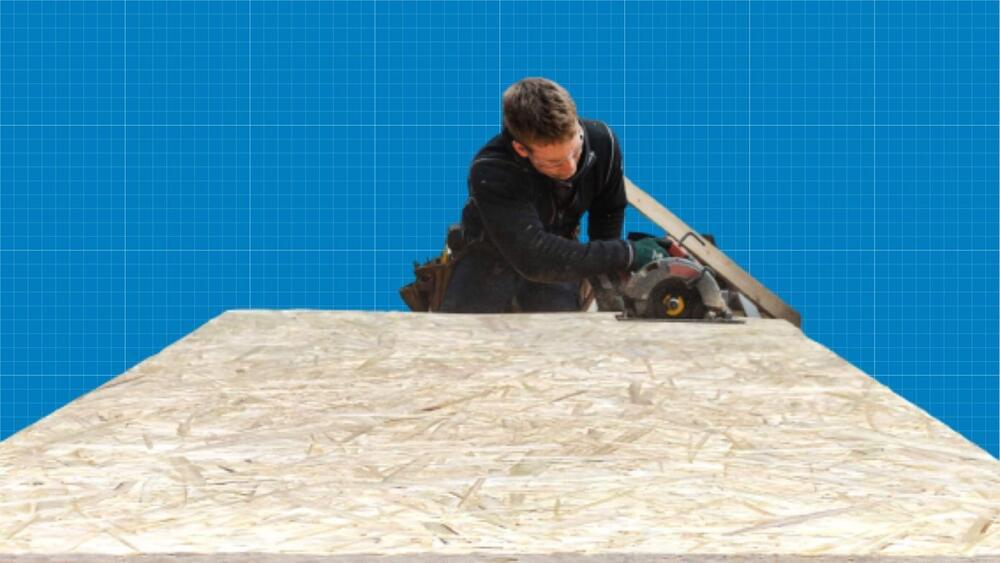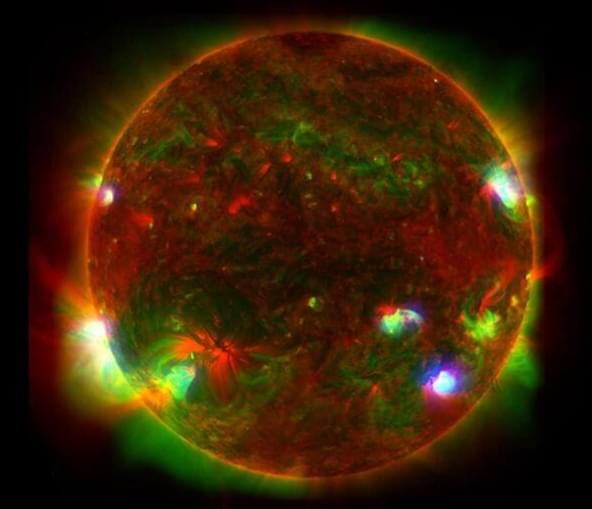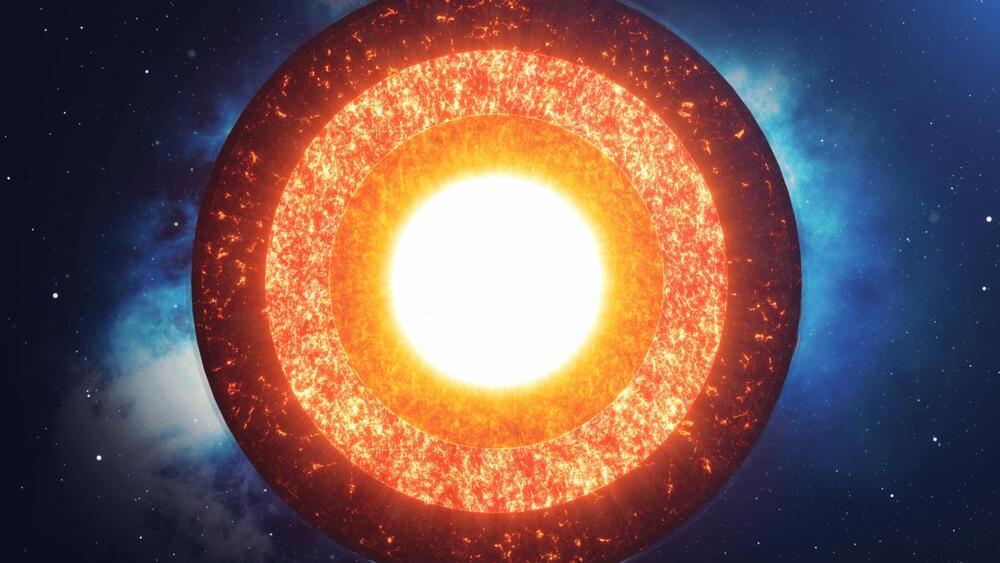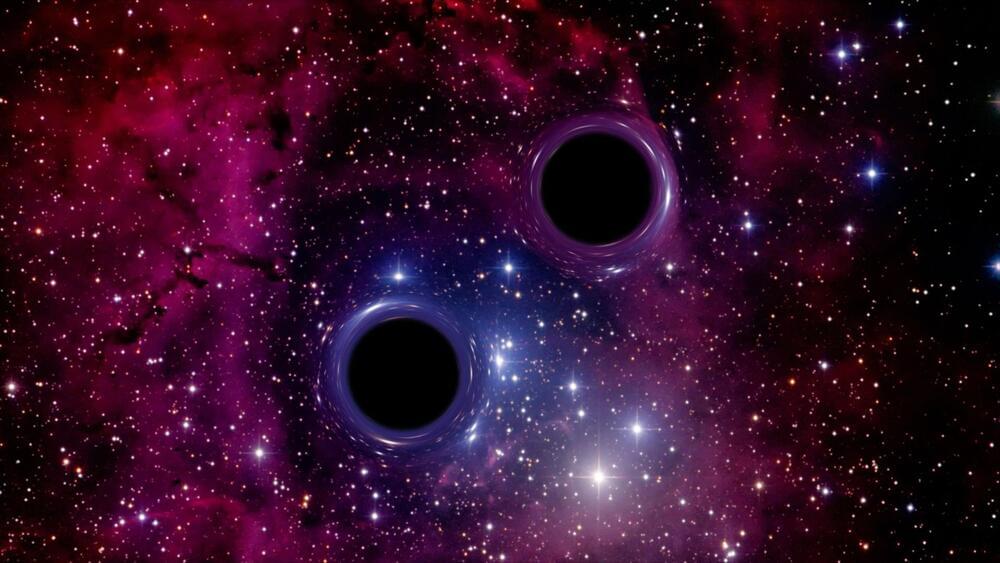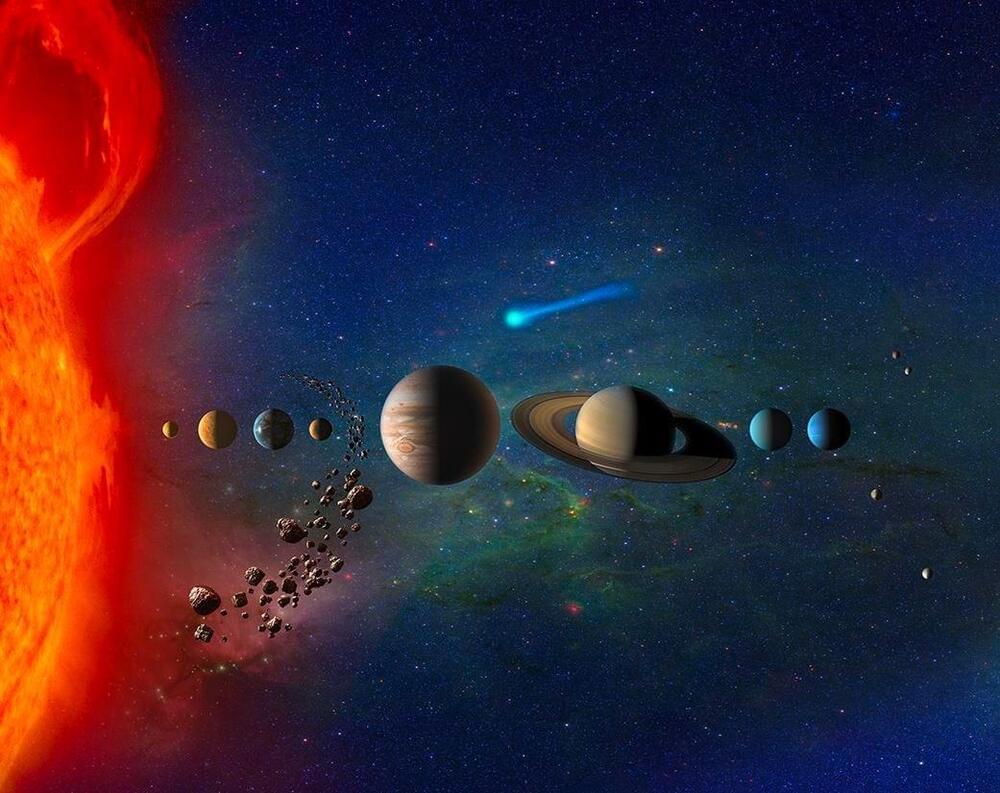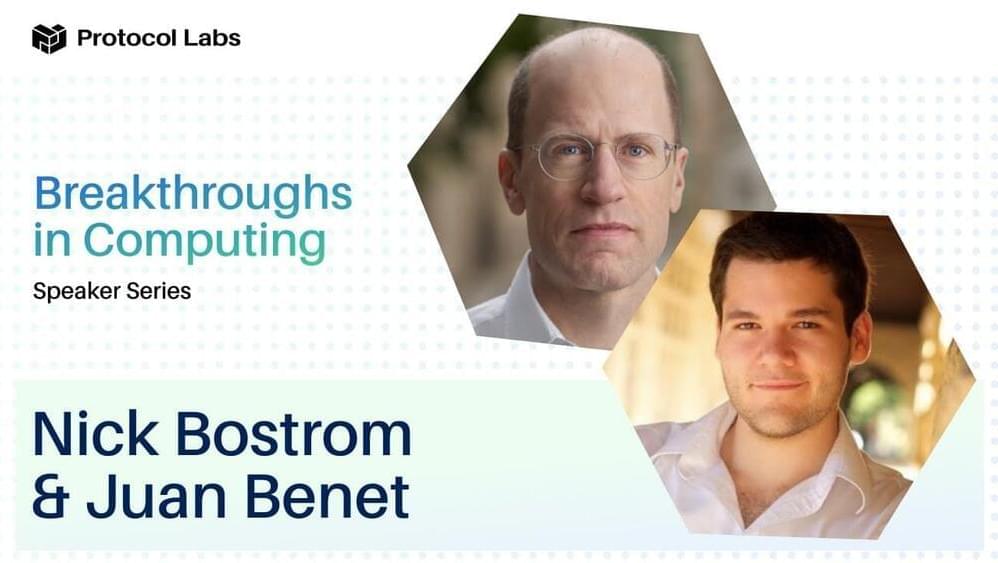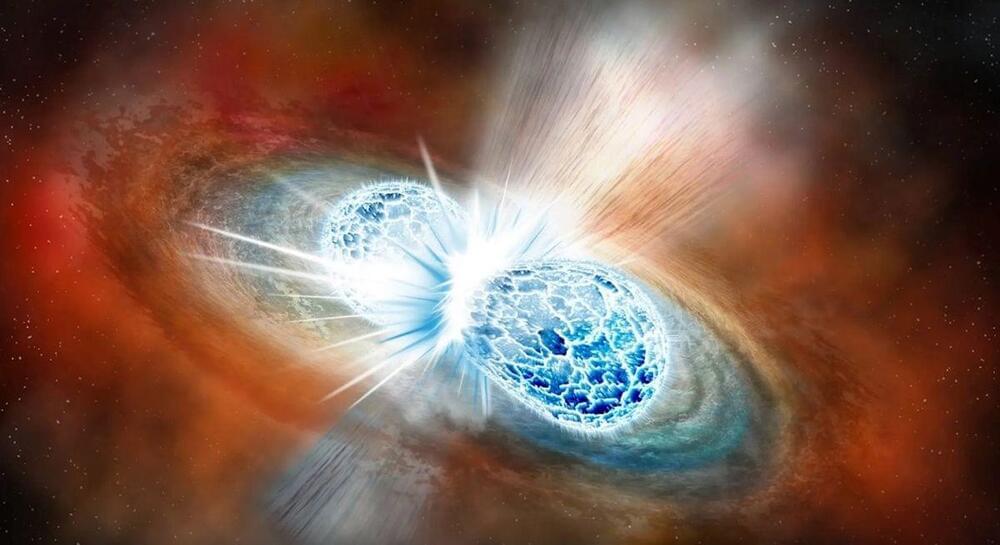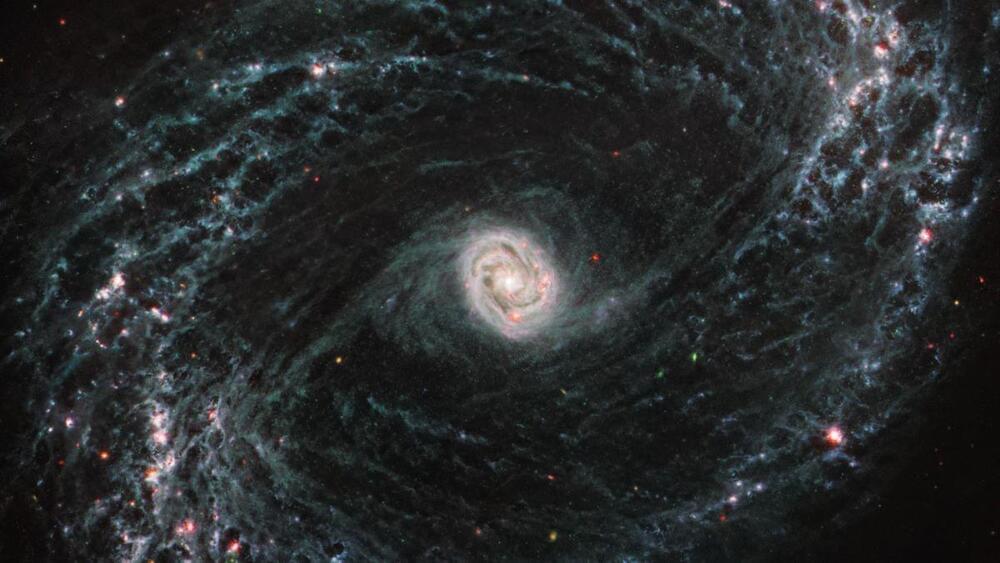Feb 21, 2023
This autonomous ground robot helps firefighters in enclosed spaces
Posted by Gemechu Taye in category: robotics/AI
It’s mini yet mighty.
An autonomous ground robot was developed by researchers at Universidad Rey Juan Carlos and Universidad Autónoma de Madrid. It could help firefighters deal with situations in enclosed spaces.
Continue reading “This autonomous ground robot helps firefighters in enclosed spaces” »

